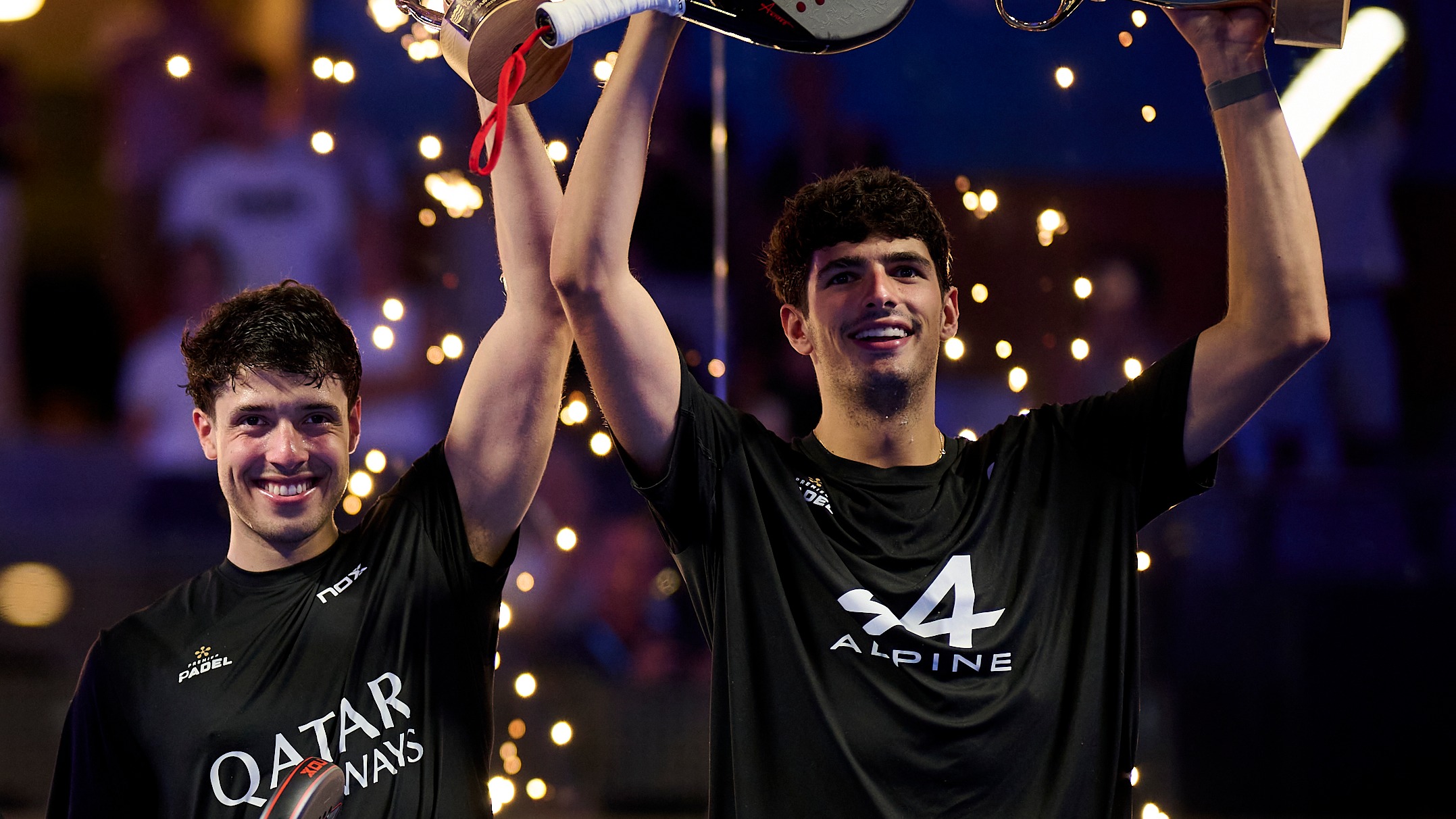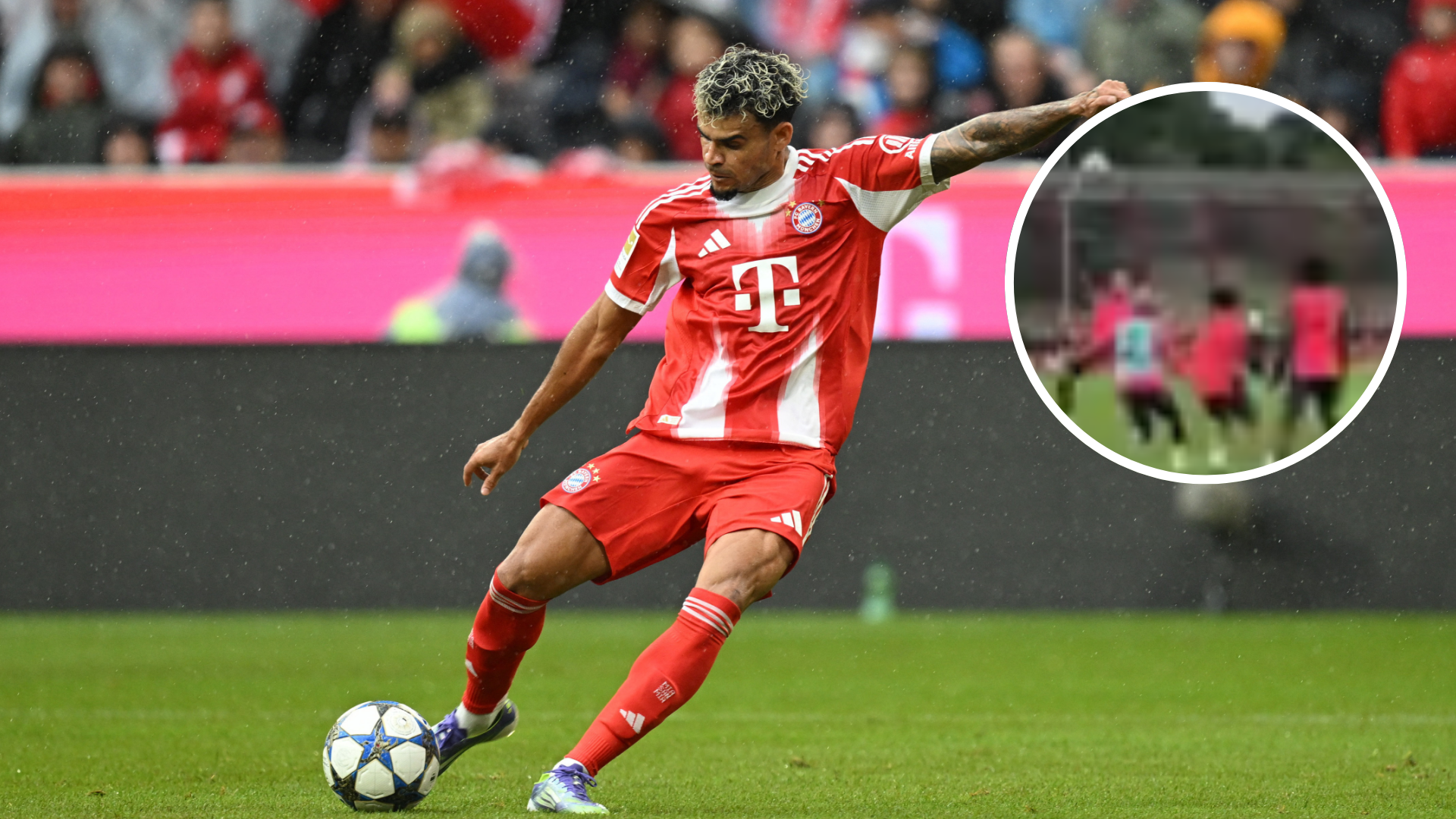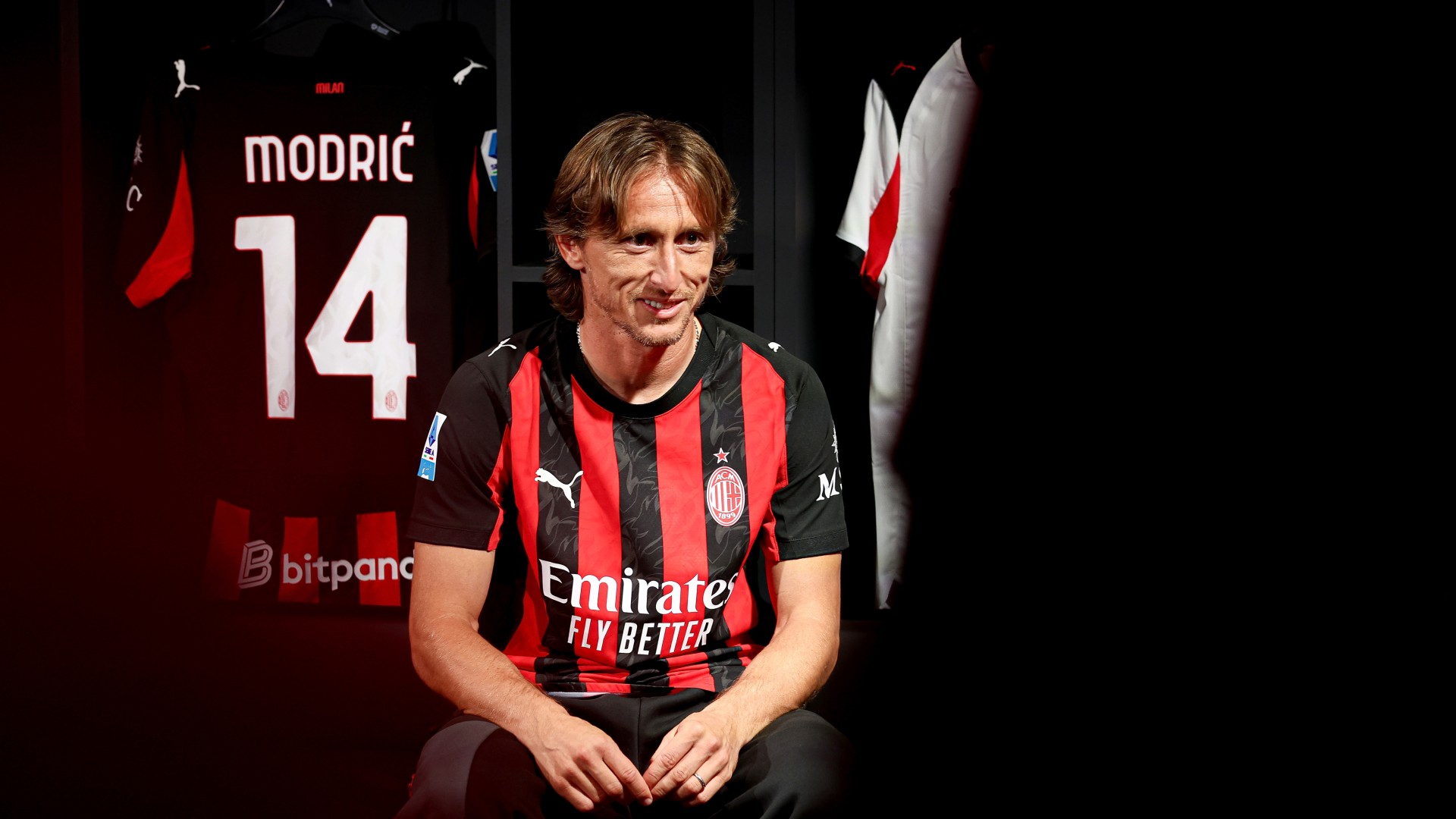From El Monumental To The White House
The careers of Di Stéfano and Mastantuono share striking parallels: young talents, memorable goals, and journeys through two of the world’s most iconic clubs. Different eras, same footballing identity.
1. First-Team Debut:
Franco Mastantuono made his professional debut with River Plate in the Liga Profesional on January 28, 2024, against Argentinos Juniors, becoming the youngest player to debut in the club’s professional era at just 16 years and 5 months.
2. Stunning Goal Against Boca Juniors:
In the Superclásico played on April 27, 2025, Mastantuono scored a sensational free-kick to open the scoring, etching his name into the history of Argentina’s most iconic rivalry.
3. Unforgettable CONMEBOL Libertadores Debut:
Mastantuono scored the winning goal in a 2–1 victory over Libertad, becoming the youngest player in River’s history to score in the Copa Libertadores, South America’s premier tournament.
4. Club World Cup 2025 – His Farewell To River:
In his debut at the FIFA Club World Cup 2025, Mastantuono played in a 3–1 win over Urawa Red Diamonds, signaling the beginning of his farewell. He delivered a solid performance against a physically tough opponent that doubled up on him to limit his influence.
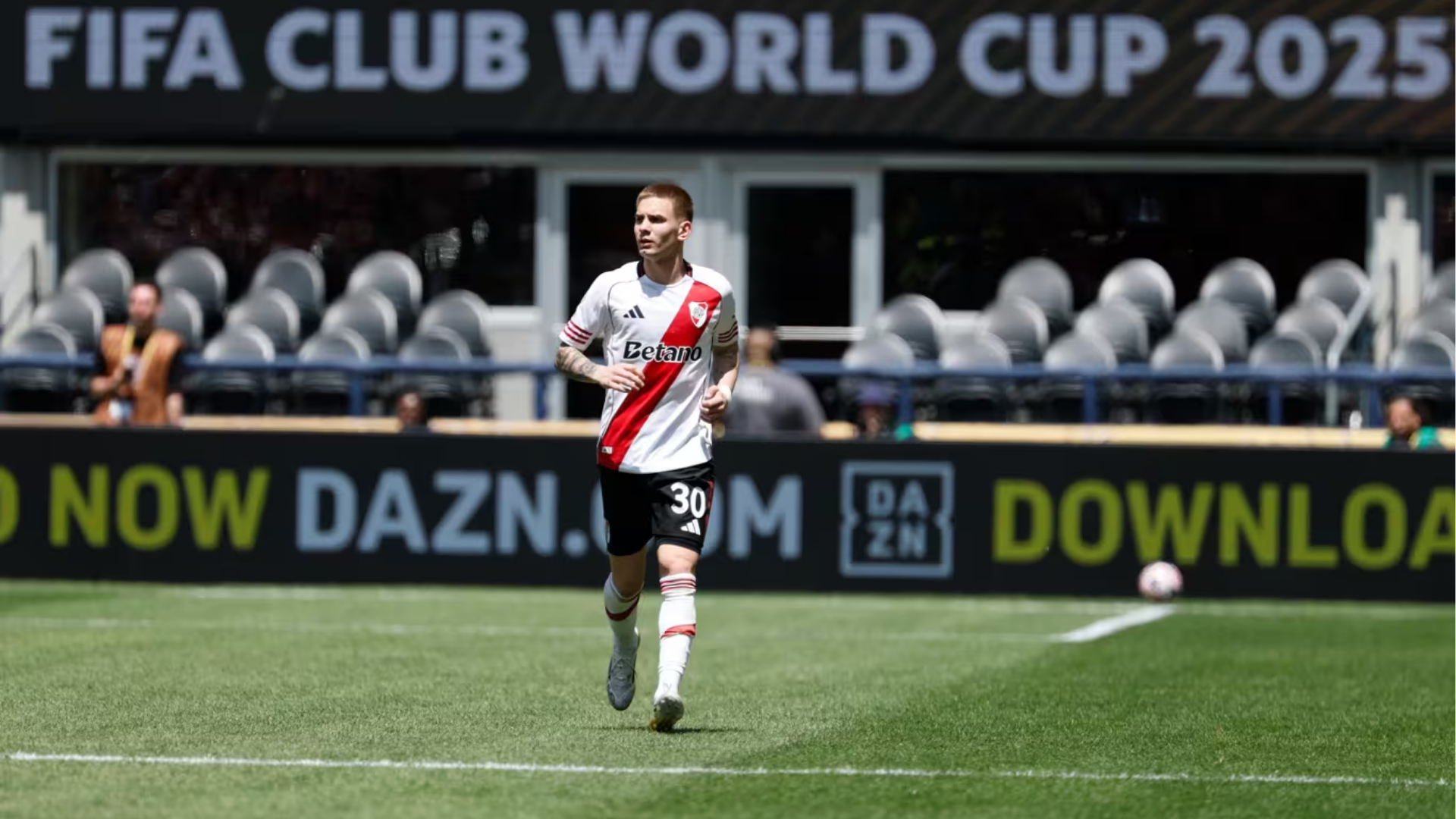
5. Transfer To Real Madrid:
Shortly after his Club World Cup debut, Mastantuono’s transfer to Real Madrid was officially confirmed. River Plate announced via their website that they would receive €45 million net, with the total deal surpassing €60 million when including variables and taxes. The full amount will be paid in three installments.
What Were Alfredo Di Stéfano’s Most Iconic Moments With River Plate?
1. First-Team Debut:
Alfredo Di Stéfano made his debut with River Plate’s first team on July 15, 1945, at the age of 19, stepping in for Juan Carlos Muñoz in a legendary attacking line alongside Gallo, Pedernera, Labruna, and Loustau.
2. Top Scorer And Champion In 1947:
In 1947, Di Stéfano was crowned league champion with River and also finished as the tournament’s top scorer with 28 goals, cementing his place as one of the team’s most influential figures.
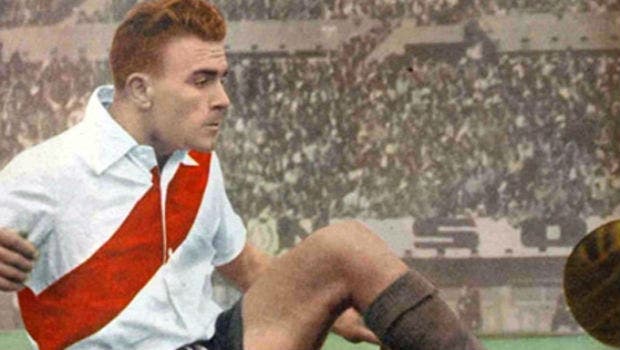
3. Participation In "La Máquina":
Though “La Máquina” had already passed its peak by the time Di Stéfano joined, he still left a lasting mark during the team’s final years. Known for its fluid, attacking style, the lineup featured Muñoz, Moreno, Pedernera, Labruna, and Loustau. Di Stéfano brought his versatility and brilliance to a side remembered more as a philosophy of play than a fixed formation.
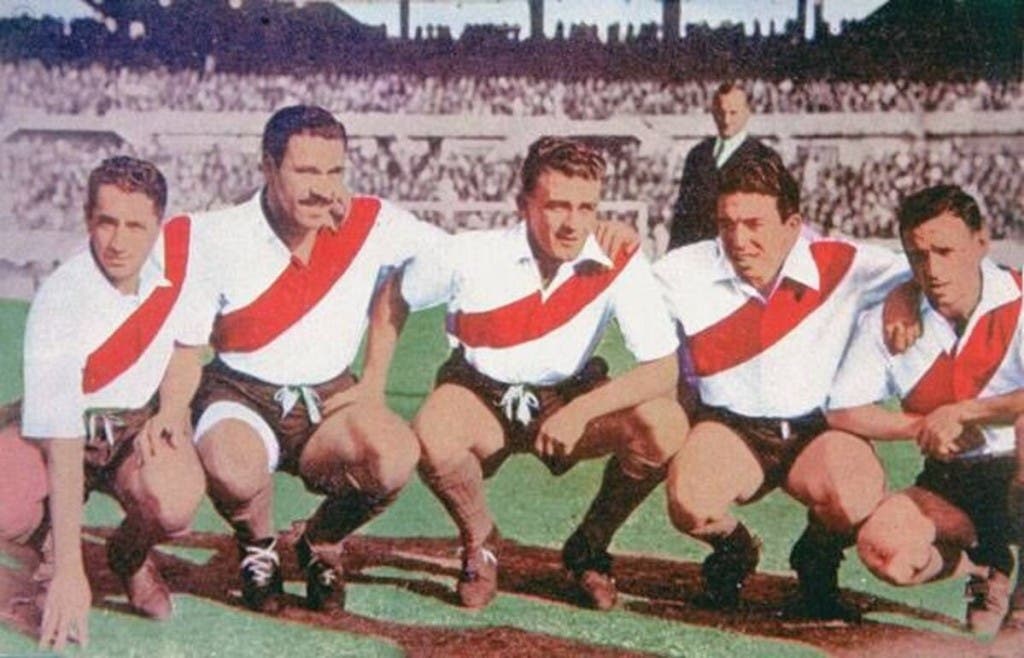
4. A Legendary Legacy At Real Madrid:
Every great club has a player who changed its history — for Real Madrid, that name is Alfredo Di Stéfano. His arrival in 1953 was the spark that ignited a golden era, turning the club into a symbol of European dominance.
Di Stéfano scored 308 goals in 396 games, but his impact went beyond numbers. He organized, assisted, defended, and finished — the brain and the finisher of a team that won five consecutive European Cups thanks to his leadership.
5. His Coaching Career:
After retiring, Di Stéfano remained in football as a coach. He led clubs like Boca Juniors (winning the 1969 Copa Argentina and National Championship) and River Plate, where he won the 1981 National Championship. He also managed Valencia and Real Madrid, claiming both domestic and international titles.










